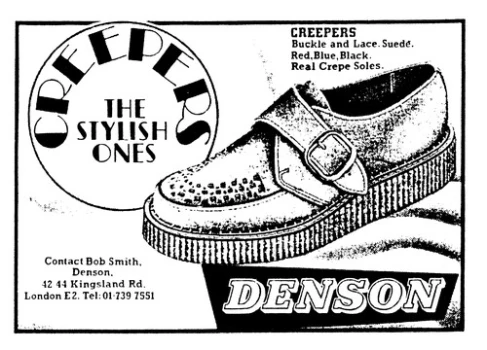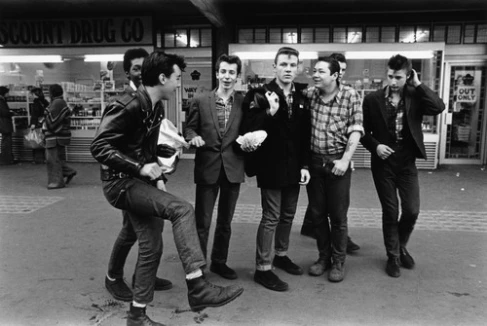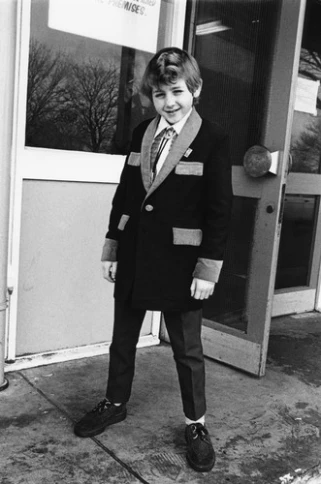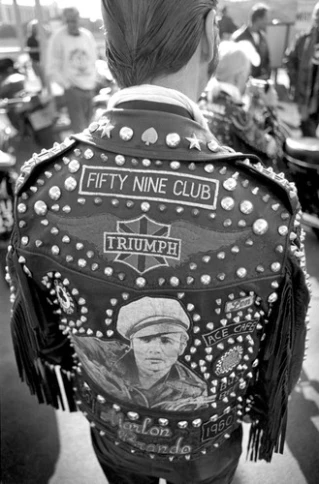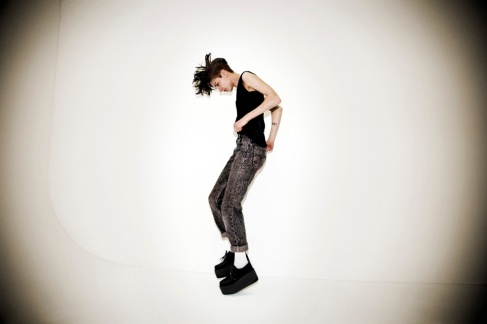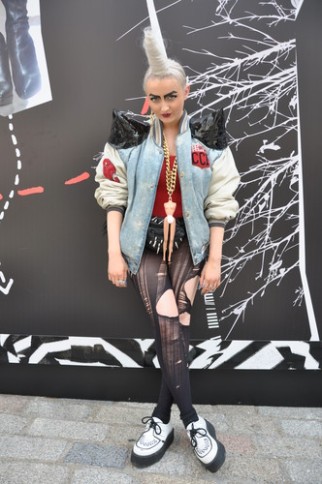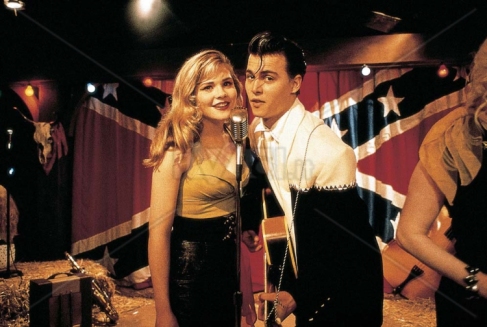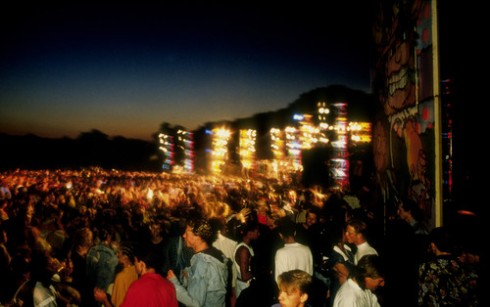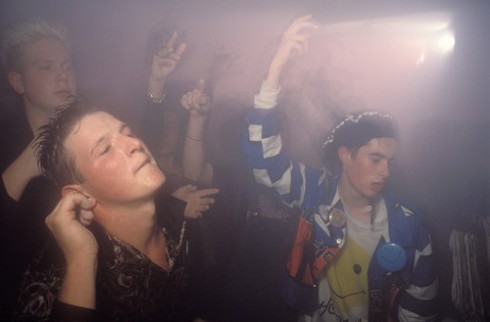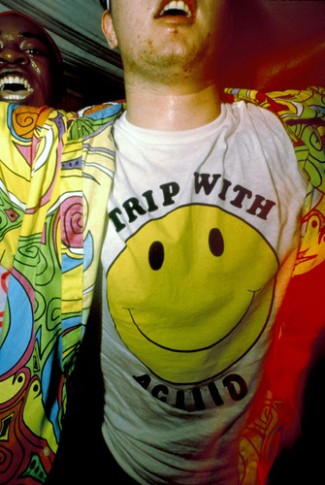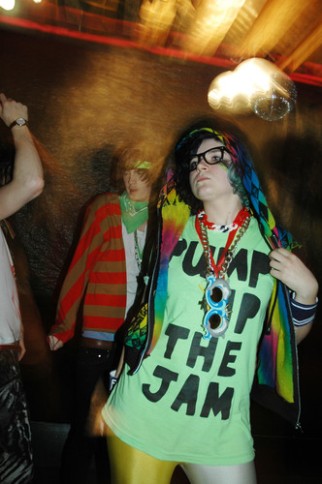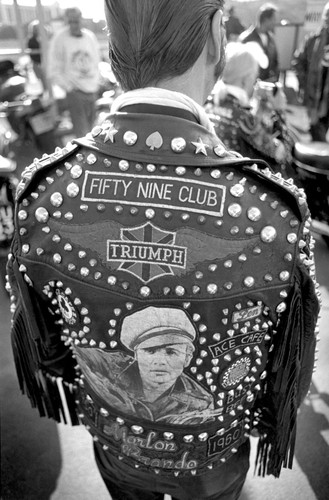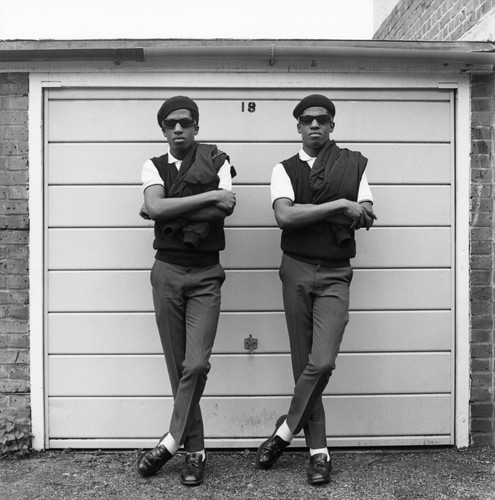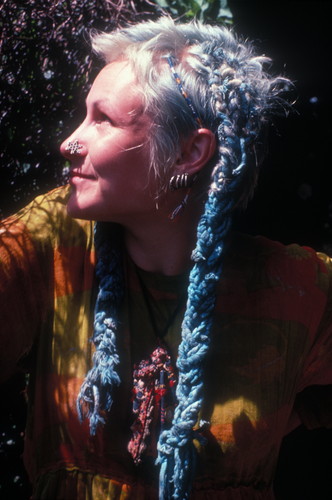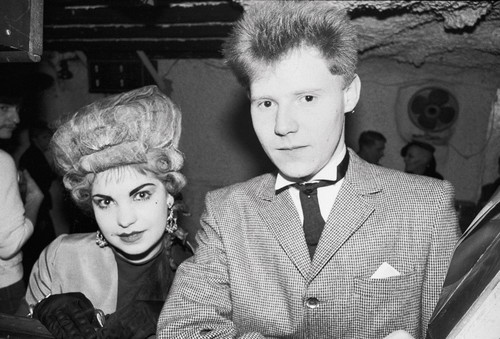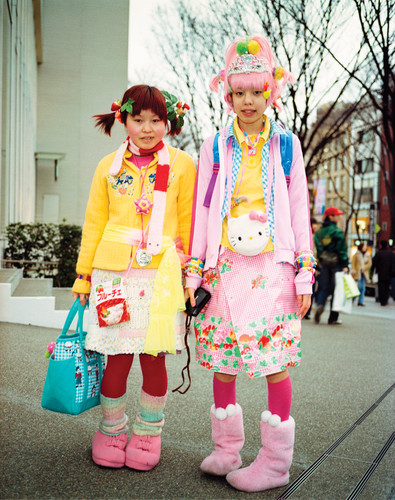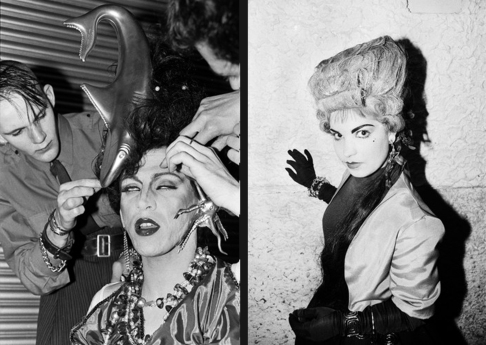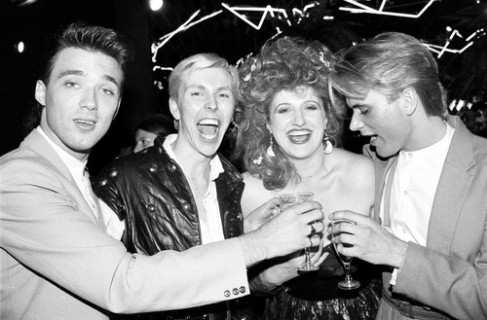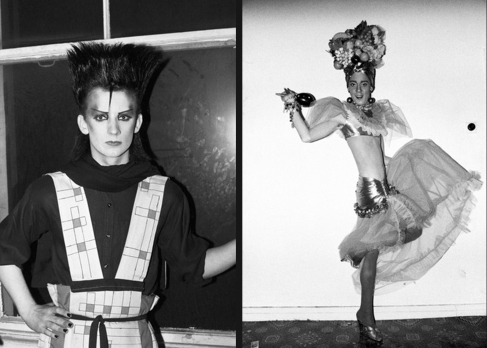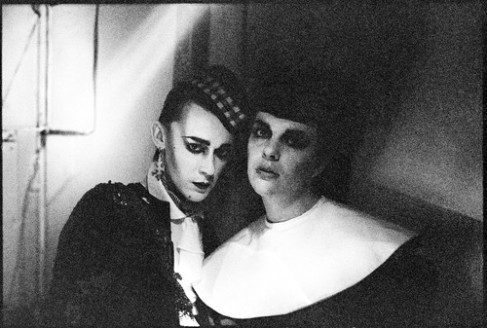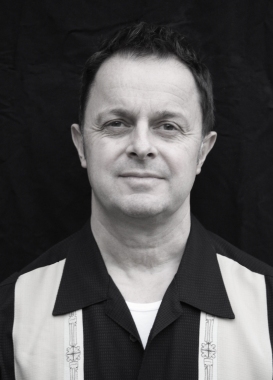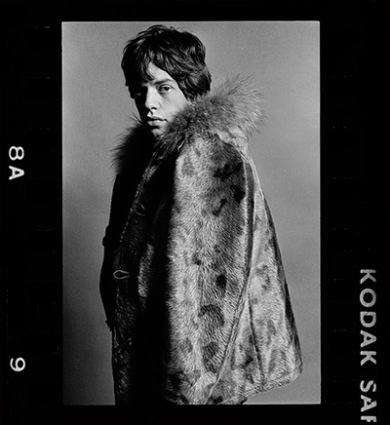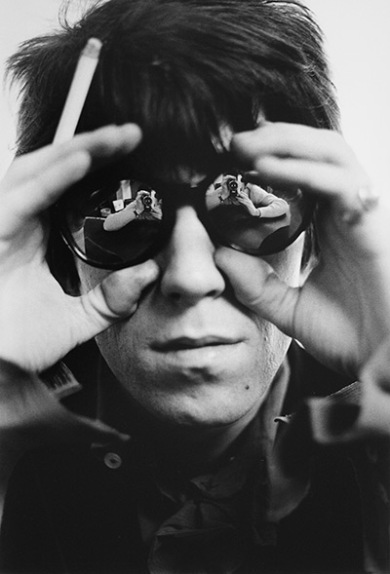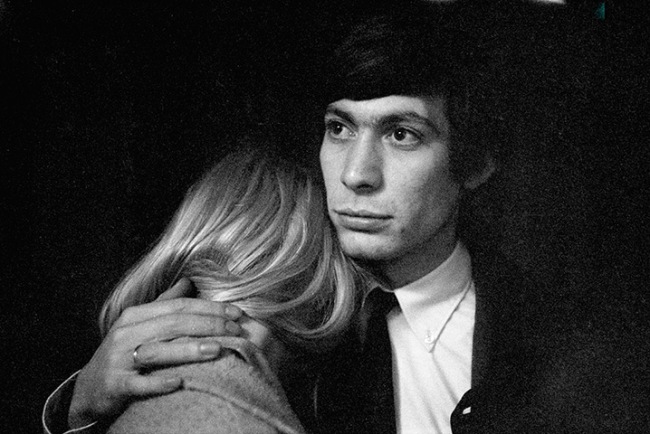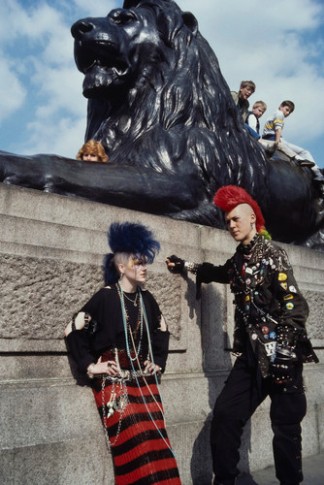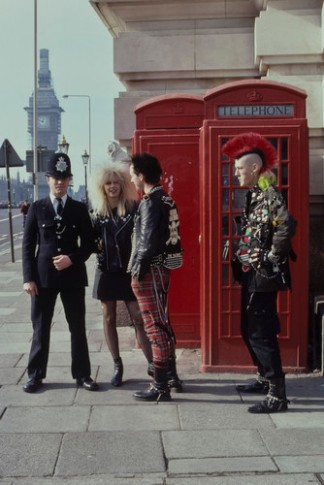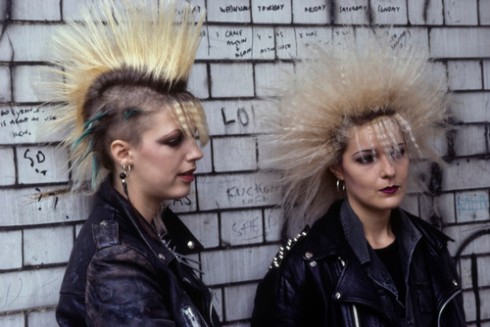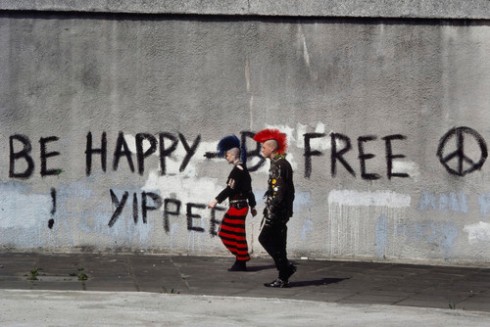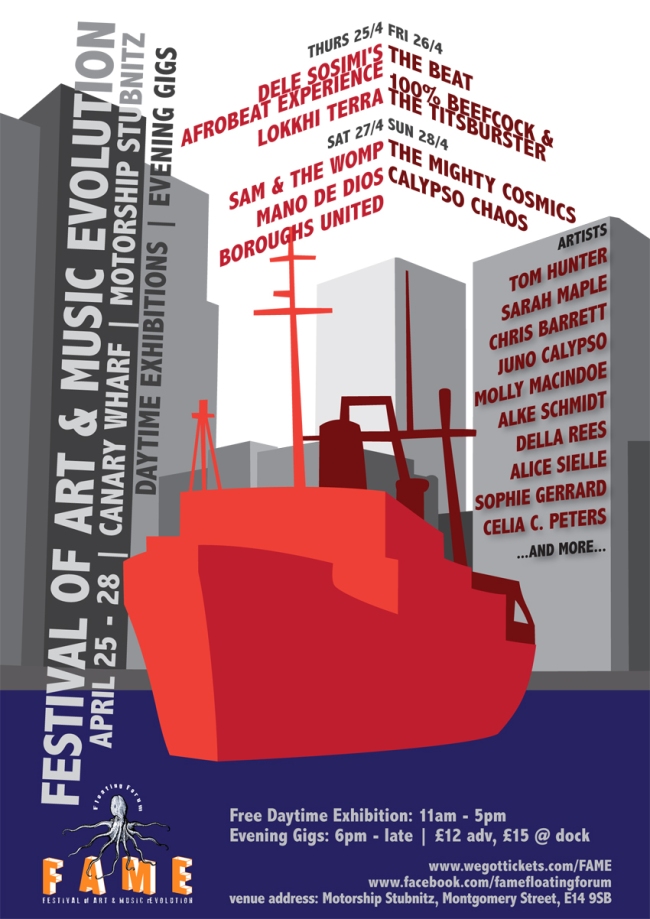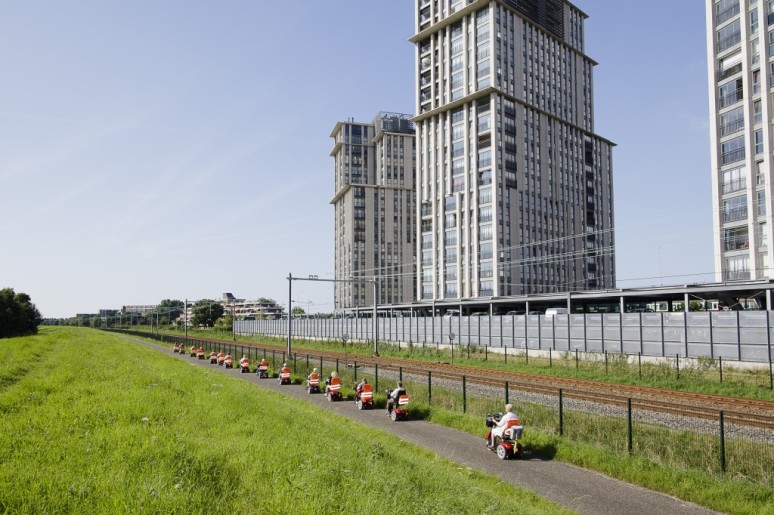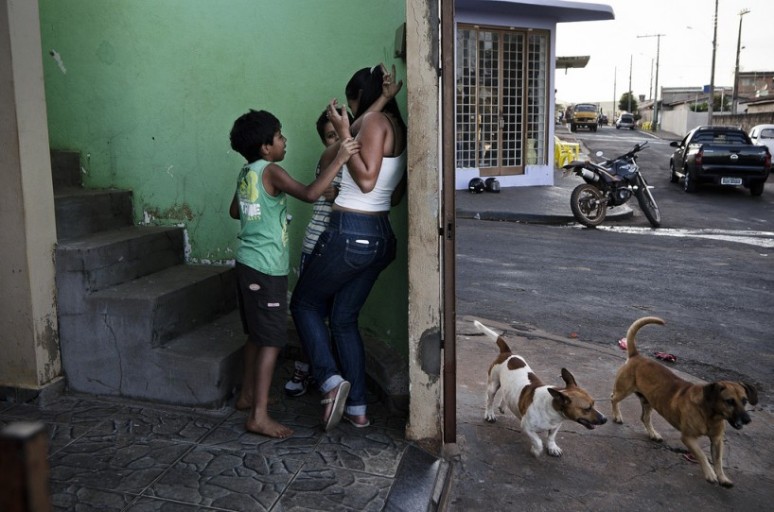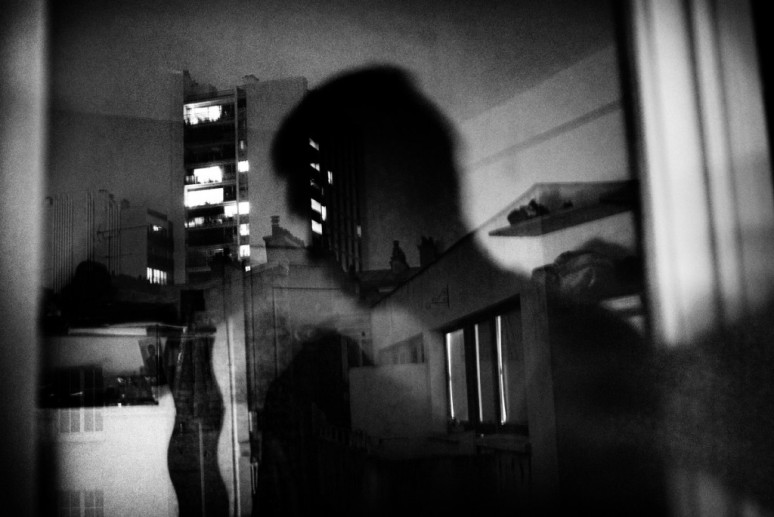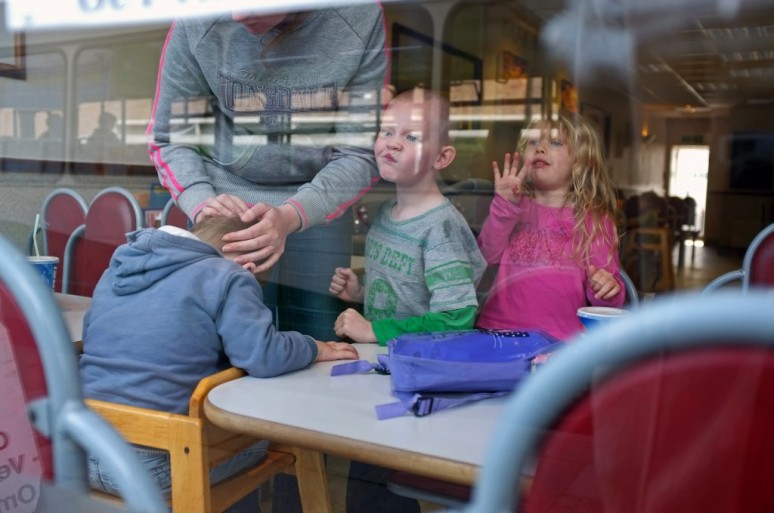THIS BLOG IS NO LONGER ACTIVE – SEE NEW BLOG DETAILS BELOW
Sorry but this PYMCA WordPress Blog is no longer active –
For all PYMCA news and updates please now visit www.uthzine.com
Teddy Boys and Modern Youth
The cultural feedback that has ensued from Teddy Boy culture is really seeing a resurgence within current trends, and at PYMCA we love to notice the way culture recycles and appropriates.
The Teddy Boys were an underestimated, powerful youth movement erupted out of a society forever changed by the throws of WW2. With a newly acquired sense of freedom alongside the beginnings of an importantly intimate cultural relationship with the United States of America, the British modern working-class youth began to dress in a way that mimicked the simple regal cuts of Edwardian fashion combined with the bluesy taint of American bolo ties and straight cut trousers.
British Working Class teenage Teddy Boys began to emerge from some of the poorer parts of Britain such as a bleak Elephant and Castle in South London and later from the dilapidated mining towns of the north. Such sincere and recognisable style began to pave the way for the beginning of a teenage identity in Britain, not only marking the beginning of stylised youth groups, but the beginning of the teenager as a concept.
Prior to WW2, children were expected to immediately spring into adulthood, and could it be a combination of a post-war jaded state alongside a progressive attitude to societal values that ignited a new phase, uniquely rebellious in style, to the life of a Western youth?
The Teddy Boy staple, the ‘crepe sole’ paired with a thin legged trouser, has been recycled time and time again into the ensuing Rockabilly culture, later in the 1970s with the Punks, had a brief stint with 90s Grunge, and now enjoys an explosively popular resurgence amongst an Indie/Soft Grunge/Seapunk crowd of the 2010s.
Its not only the creeper that manages to perpetually resurge with its timeless style, the very notion of wearing an adult’s suit at such a young age has a sense of rebellion in itself. Teddy Boys often wore suits that were clearly oversized, with largely over-padded shoulders and waistlines that crept up to the chest. This stance paved the way for Rockabilly, Punk and Psychobilly tribes in times to come.
The Teddy Boys represent not only a style choice, but an important tectonic shift in the world of self expression and youth. Without their boldness of thought or their relentless self assurance, the birth of the teenager may never have never manifested into the coagulating mass of creativity and self expression that it remains today.
Looking Back: Rave Culture
As summer solstice has just flown by, at PYMCA we’re taking a nostalgic look into the eclectic body of 80s and 90s Rave photography in our archive. From the early illegal raves, to the short-lived late 2000s revival of ‘Nu-Rave’, the work harks back to a unique era of mass congregation, bold fashion statements, and unparalleled euphoria.
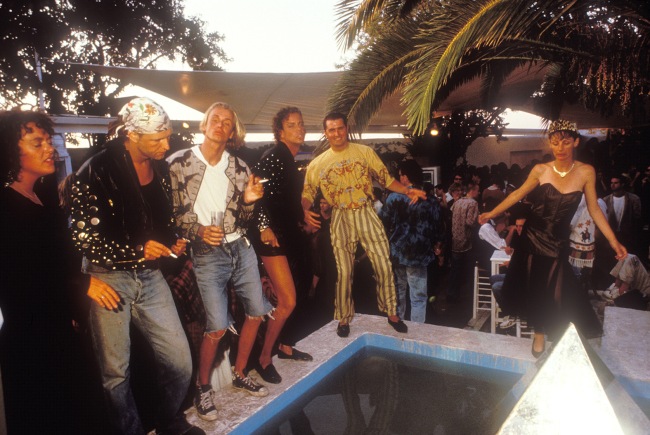
Clubbers dancing outdoors, Amnesia II Courtyard, Ibiza 1989 © David Swindells/PYMCA
The photographic work that ensued from rave culture represented an era of young photographers vibrantly compelled to document the wonders of a drastic new youth movement. Born out of the exotic 80s cool of Ibiza, the rave scene exploded from the Balearics and relentlessly stained British shores with neon paint.
Spreading from the famed and notorious Ibiza clubs ‘Ku’ and ‘Pasha’, the rave scene took on a life of its own. Powered by a powerful mass of enthused teens, illegal raves littered the breadth of the country from abandoned mines, warehouses and from underneath the M25 Orbital.
This era represented a time where club culture took a real hold on the musical mainstream, and where young people really felt they could not only take the new music, but the venues into their own hands. The scene – powerfully flavoured by the carefree spirit of the Hippies, and tainted with endearingly garish bright colour, made its way towards London’s flagging club scene – igniting noturious venue’s such as ‘Shoom’ it its path. Shoom used the famed ‘Smiley’ logo which went on to become a universal sign of rave culture.
Even after the demise of Rave, Acid-House and Ecstacy, rave culture continued to change the club scene forever. Its unforgettable substance fuelled out of body/mind experiences left a mark on modern day clubbing attitudes, and even spawned its own short lived doppelgänger in the late 2000s, Nu Rave.
Youth Fashion: Ever Emerging
Dazed and Conufused have recently written an article on Berlin-based British filmmaker Matt Lambert as he begins to create a fantastic body of video surrounding fashion and its relationship as an integral ingredient to youth culture. The idea behind his work inspires us to have a think about our own archive and the way fashion has driven youth expression in a way like no other. Check out the video here.
At PYMCA our breadth of imagery documents both the darkest and brightest corners of society and youth culture, really examining the many societal, political and psychological boundaries that ‘youth’ infliltrates. Matt Lambert’s work is beginning to shed a new light on the way we perceive fashion in society particularly in relation to youth and a now given sense of personal style. His video provides a refreshing approach to the formulaic world of fashion photography and seem to reveal a glipse into the intimacy of the wearer.
Never merely a materialistic commodity, fashion has played an integral role in the pure essence of youth culture emerging from a post-war world. The very liberty of self expression has informed and dominated modern society proving both burdensome and invigorating – allowing youth to exploit the contextual medley of media to reproduce and appropriate style throughout history without the constraints of a pre-war predominantly religious society. With the new romantics harking back to the regal flamboyance of the 17th century, and the punks metaphorically setting fire to any traceable reference, youth culture has seen an explosive and stubbornly progressive path over recent years.
As our archive continues to increase, the complex jigsaw of youth culture continues to grow, providing an ever broader insight into the real foundations of our zeitgeist. Current mass growth both economically and socially in Asia and Africa anticipates a boom in newly emerging youth groups overseas and at PYMCA we expect to see a fantastic cultural cauldron over the next few years. Exciting times for youth culture. What do you think will be next?
PYMCA Introduces Graham Smith – ‘We Can Be Heroes – Punks, Poseurs, Peacocks and People of a Particular Persuasion’
With it’s imposing presence, PYMCA introduces the fantastic, highly significant work of Graham Smith. Harking back to the early 1980s, Graham’s work represents a time fuelled by the ferocious angst of the recent punk years. Embodying a transition into the New Romantic era, Graham documented the emergence of a colourful and expressive movement in youth culture.
Star spangled with recognisable faces, Graham documents the early days of fame for the scene’s key performers including Spandau Ballet, Boy George and Sade, whilst vigorously creating album artwork and flyers for many London clubs.
Graham celebrated his 50th birthday by mustering years of prestigious work into the book We Can Be Heroes – Punks, Poseurs, Peacocks and People of a Particular Persuasion. London Clubland, 1976-84. Published by Unbound via crowd funding. Based around 500 photographs, he rounded up its leading protagonists – with an introduction by Robert Elms, contributions from Boy George, Gary Kemp and Steve Strange alongside Chris Sullivan’s hilarious main texts.
Graham interviewed over 50 of the leading faces; generating over 500 quotes, playlists from all the 80s club DJs, carefully combined with original graphics – compiling a viscous cauldron of memorabilia galore. His book creates a definitive tale of this fascinating and influential period, cementing it into our rich social history of youth culture.
Graham is now a freelance magazine art director and married with two grown-up children living in Bushey, Hertfordshire. He still likes a dance.
Check out Graham’s wonderfully extensive work in PYMCA; available for licensing to add unique character to that perfect project, click here.
Buy Graham’s Book ‘We Can Be Heroes – Punks, Poseurs, Peacocks and People of a Particular Persuasion’ on Amazon here.
Unseen Rolling Stones Photography Discovered
When British Photographer Eric Swayne died in 2007, he left behind a box containing the negatives to a series of prestigious cultural gems documenting the Rolling Stones alongside a plethora of imagery from the swinging 60s, previously unseen.
Scanned and remastered from negatives for the first time, Eric’s work will be on display in Chelsea’s Proud Gallery in an extensive exhibition titled “The Stones and their Scene” from 13th June – 28th July 2013.
Check out the full series here.
NEW UPLOAD: Chris Parker
Check out a new upload from our fantastic new addition to PYMCA, Chris Parker. His work documents a vivid era of 1980s Punk culture in stunning clarity. Check it out here.
NEW UPLOAD!
Introducing a new upload to the PYMCA archive, some brand new work from the fantastic Gonzales Photo.
Check it out here.
Festival Of Art & Music Revolution: Canary Wharf
Festival Of Art & Music Revolution is a four day music and art festival aiming to explore and challenge the throws of todays society and the “states we’re in”.
One of our fantastic PYMCA Photographer’s Molly Macindoe exhibits some work from her photobook Out of Order: A Celebration of the Free Party Scene.
Check it out from April 25th – 28th on the Motorship Stubnitz nearest tube Canary Wharf.
Walk The Streets of The World – Exhibition
Walk The Streets of The World is the exhibition of the International Street Photography Awards organised by Fotoura
The exhibition runs from April 18th – 27th at the ICN Space 96-98 Leaonard St, London EC2A 4RH
Opening times: Tue-Fri 12:00-18:00, Sat-Sun 12:00-17:00
The exhibition features work from a range of international photographers, all of whom submitted series around this year’s theme: hometown.
“To me, photography is an art of observation. It’s about finding something interesting in an ordinary place… I’ve found it has little to do with the things you see and everything to do with the way you see them.” Elliott Erwitt
Photographers were asked to consider this competition a challenge to find new ways of looking at those things and places that were most familiar to them. The concept of ‘hometown’ was left open to interpretation, asking only that the photographer was living in the location featured in the submitted photographs at the time they were taken.
For more info visit Fotoura.com
Pages
Archives
Facebook
- 1960s 1970s 1980s 1990s Acid House Book Boombox Christmas Clubbing Competition Crowd Dave Swindells Dean Chalkley DJ Exhibition Fans Fashion Featured Photographer Features Festival Film Gangs Gavin Watson Ghetto blaster Graffiti Hip Hop Hippies Holidays Ibiza Image of the Day Inspiration Janette Beckman Lawrence Watson Live Music London Street Photography Festival Madchester Mexico Mods Mr Hartnett Music Naki New Age Travellers New Order News New York Northern Soul office christmas party Party Peter Anderson Punk Rave REM Richard Braine Rock Rockabilly Royal Albert Hall Shoot Experience Skateboarding Skinheads Social Issues Stone Roses Street Art Street Style Style Teddy Boys Ted Polhemus Theme of the Week Travel Video Vintage Wayne Hemingway Winter Xmas xmas parties Young Souls

